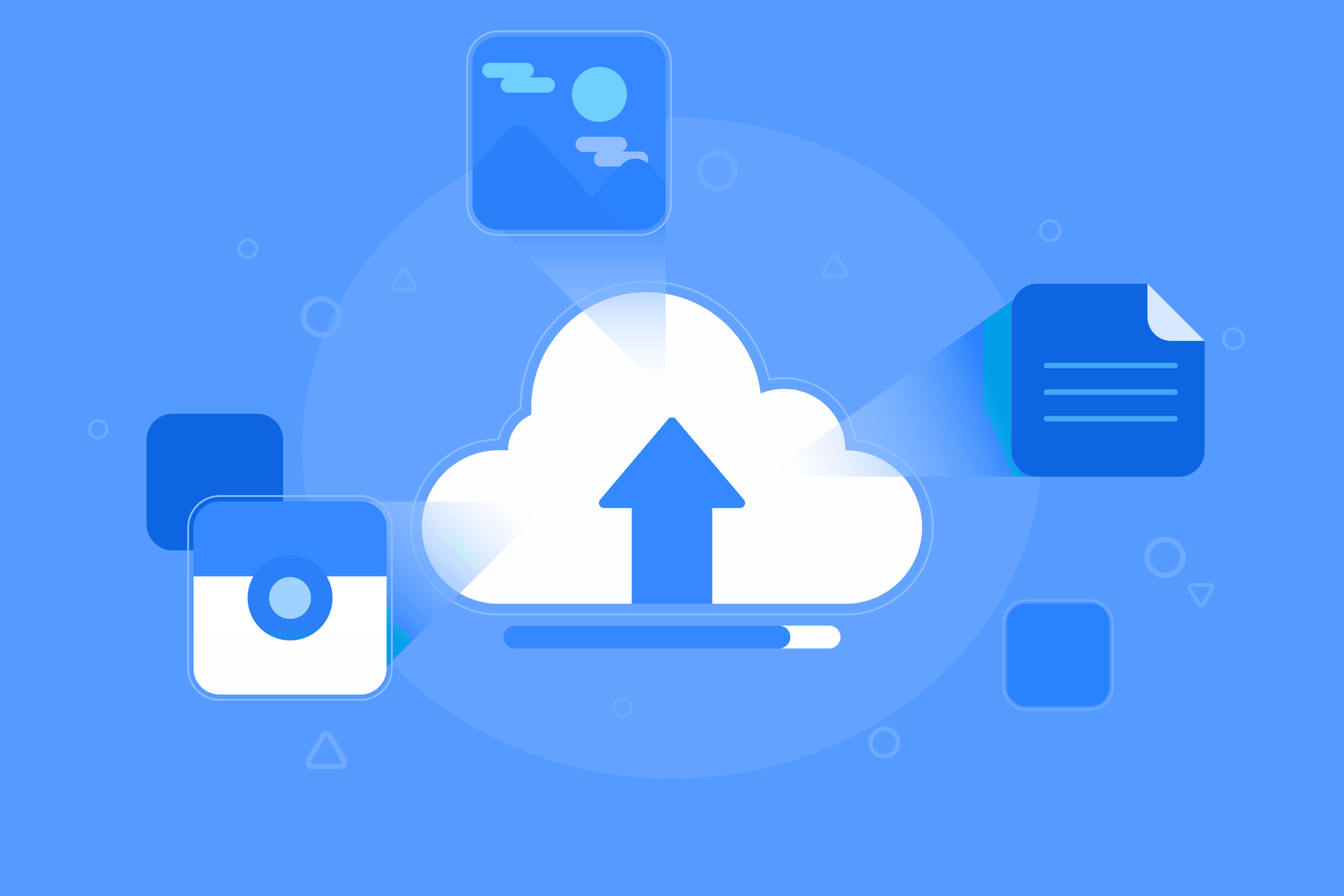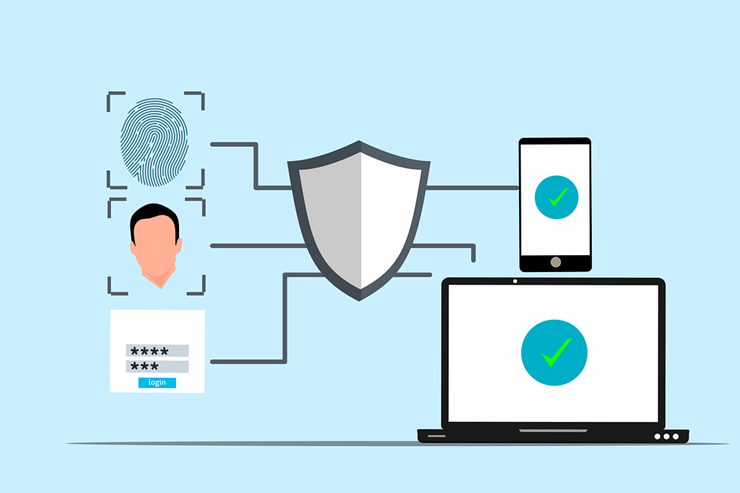AI for Efficiency: How to Automate Daily Tasks and Free Up Your Time (Without a Huge Budget)

Managing a small business requires a lot of multitasking. These hats include operations management, customer service, and maintaining order. AI-powered automation is a solution that can reduce the workload. Small business owners can now automate tasks that were previously done by hand thanks to technological advancements that have made these tools more affordable and accessible than before.
There's no need to hire a big staff or spend a fortune. AI can manage a large portion of your hectic workload, allowing you to concentrate on more crucial facets of your company. AI can act as your virtual assistant, increasing productivity and simplifying processes, whether you're a small team manager or a solopreneur.
This blog post explores how you can automate everyday tasks and free up your time if you want to learn more about how AI can change your company. We'll demonstrate how to use reasonably priced AI tools to reduce repetitive tasks, save time, and increase business efficiency.
Why Does AI-Powered Automation Matter For Small Businesses?
Large teams and costly enterprise-level software are frequently beyond the means of small businesses. AI can help with that. Small businesses can automate tedious tasks and procedures with the correct tools. As a result, they can decrease the amount of manual labor, minimize mistakes, and boost overall output.
Automation driven by AI allows small businesses to grow without adding more employees. It improves your team's capabilities rather than replaces them, freeing up more time for strategic work that propels expansion. There is an AI solution that can assist with scheduling, marketing, and customer service.
Smart Ways to Automate Daily Tasks and Free Up Your Time (Without a Huge Budget)
AI can be used in a variety of ways to increase productivity on daily tasks and free up more time in your day without going over budget. Small adjustments can have a significant impact, whether they involve automating tedious administrative tasks or utilizing basic AI tools. Here are some clever ways to get going.
1. Automate Customer Support Without Losing the Personal Touch
Although it can take a lot of time, customer service is an essential component of any business. AI can help you save time and energy while maintaining high-quality service. Automating routine tasks without sacrificing customer satisfaction is the aim here.
Use AI Chatbots for First-Line Support
Chatbots with artificial intelligence (AI), such as Tidio or Chatfuel, can automatically gather customer information, schedule appointments, and respond to commonly asked questions. Because these chatbots can react instantly, they can provide round-the-clock assistance without hiring more employees.
The Benefit: AI chatbots save you time by addressing customer inquiries immediately. They're available 24/7, ensuring that your customers never have to wait for a response.
------
Smart Email Assistants
------
AI programs that can read incoming emails, classify them, and even recommend responses include Zendesk AI and Freshdesk. Some platforms even go so far as to be able to automatically respond to frequently asked questions. It enables you to concentrate on more intricate client problems.
The Benefit: These tools help you manage your inbox efficiently, reducing the manual work of sorting and responding to every single email.
------
AI-Enhanced Customer Feedback
------
Artificial intelligence (AI) tools such as Survicate or Qualaroo are able to automatically identify trends and highlight areas for improvement by analyzing customer feedback in real-time. This enables you to respond to customer insights more quickly and efficiently.
The Benefit: You can make data-driven decisions to enhance your customer service, ensuring a better customer experience while minimizing the time spent analyzing feedback.
2. Streamline Scheduling and Calendar Management
Organizing events, appointments, and meetings can easily turn into a logistical nightmare. Numerous hours and headaches can be avoided with AI tools for calendar management and scheduling. Here's how to make scheduling and calendar management more efficient:
------
Let AI Handle Your Calendar
------
AI-driven applications such as Reclaim.ai and Calendly are able to recommend meeting times automatically while accounting for everyone's preferences, time zones, and availability. They can even prevent double bookings and buffer during breaks.
The Benefit: You spend less time on back-and-forth emails trying to figure out when everyone is available. Your calendar stays organized and optimized without you lifting a finger.
------
AI-Powered Appointment Booking
------
Tools such as Acuity Scheduling allow clients to schedule appointments straight from your calendar if you provide services or consultations. Your clients can easily schedule time with you thanks to these tools' syncing with other platforms like Zoom or Google Meet.
The Benefit: Customers can easily schedule meetings or services without the need for human intervention, streamlining the process for both you and your clients.
------
Optimized Time Allocation
------
AI tools like TimeHero or Trello use data and patterns from your calendar to suggest the most efficient way to allocate your time for various tasks. This can help you stay on track, focusing on high-priority work while automating less critical scheduling.
The Benefit: You can optimize your workday based on intelligent time management suggestions, ensuring you make the most of your working hours..
3. Supercharge Your Marketing - Without Hiring an Agency
Although it can be costly and time-consuming, marketing is crucial for the expansion of any business. You can manage and improve your marketing efforts without a full-time marketing department or agency by using AI tools. The following are some ways that AI can boost your marketing:
------
Create Content with AI Writing Tools
------
Email campaigns, social media content, and blog posts can be produced rapidly and effectively with AI writing tools like ChatGPT, Copy.ai, and Jasper AI. With these tools, you can let AI handle the majority of content creation while you concentrate on strategy and creative direction.
The Benefit: AI can write drafts for you, which you can then fine-tune. This saves time, especially when you need to create content frequently.
Automate Social Media Posts
------
Automate Social Media Posts
------
AI is used by social media management apps like Later or Buffer to automatically queue content, recommend the best times to post, and even create hashtags. This makes it simpler to stay active on social media without devoting too much time to it.
The Benefit: AI ensures your social media posts go out at optimal times, driving more engagement and keeping your brand active online without the hassle.
------
AI-Driven Analytics for Better Decision-Making
------
Real-time analysis of your marketing campaigns' efficacy can be done with AI tools like Google Analytics and HubSpot, which can reveal what is and is not working. With the aid of these tools, you can enhance your marketing strategies by making data-driven decisions.
The Benefit: You can optimize your campaigns by understanding what drives engagement and ROI. This allows you to invest in the right areas for growth.
4. Financial Tasks Made Easier
AI tools can take the guesswork and manual effort out of financial management. These help small businesses stay on top of their accounting, invoicing, and payment reminders.
------
Use AI Accounting Tools
------
Accounting software with AI capabilities, such as Xero and QuickBooks Online, automates processes like creating financial reports, classifying spending, and balancing bank accounts. These tools can even forecast future cash flow by learning from your data.
The Benefit: AI helps you manage your finances efficiently, reducing the risk of errors and ensuring that your accounts are always up-to-date.
------
Automate Invoice Generation and Payment Reminders
------
You can automatically create invoices and send reminders for payments when they're due with tools like Wave and Zoho Books. AI is able to send follow-up emails and monitor past-due invoices. It helps you avoid the stress and time that comes with following up on payments.
The Benefit: Automated invoicing and reminders help you maintain cash flow and reduce the chances of late payments.
------
Financial Forecasting with AI Insights
------
Using historical data, AI tools can forecast future financial trends. To make sure your company stays profitable, you can forecast sales, monitor spending, and make data-driven financial decisions with tools like Fathom or Float.
The Benefit: You gain a better understanding of your business's financial future. It allows you to plan for growth and prepare for any potential financial challenges.
5. Internal Team Collaboration & Workflow Automation
Teams frequently use a variety of software tools to work together, but this can result in a fragmented workflow. By integrating with current systems, AI tools can automate app handoffs and guarantee that everyone remains in agreement. AI tools can improve workflow automation and team collaboration in the following ways:
------
Automate Repetitive Team Tasks
------
Workflows can be automated and your apps connected with platforms like
Make.com and
Zapier. When a new customer registers, for instance, their details can be automatically added to your CRM, forwarded to your email list, and paired with the appropriate team member for follow-up.
The Benefit: By automating repetitive tasks, your team can focus on more important work, improving overall efficiency.
------
AI Note-Taking & Meeting Summaries
------
Tools with AI capabilities, such as Fireflies.ai and Otter.ai, can automatically create summaries and transcribe meetings. This eliminates the need for manual note-taking and guarantees that everyone has access to meeting notes.
The Benefit: Save time on post-meeting follow-ups, and ensure no vital details are missed or forgotten.
------
Streamlined Project Management
------
Asana and Monday.com are two AI-enhanced project management tools that can assist you with task delegation, deadline tracking, and project progress tracking. These tools give you a unified, up-to-date picture of your team's workload by integrating with your other business apps.
The Benefit: AI keeps your projects on track by proactively identifying potential bottlenecks and suggesting adjustments to ensure projects are completed on time.
Ready to integrate AI into your business?
This is paragraph text. Click it or hit the Manage Text button to change the font, color, size, format, and more. To set up site-wide paragraph and title styles, go to Site Theme.










